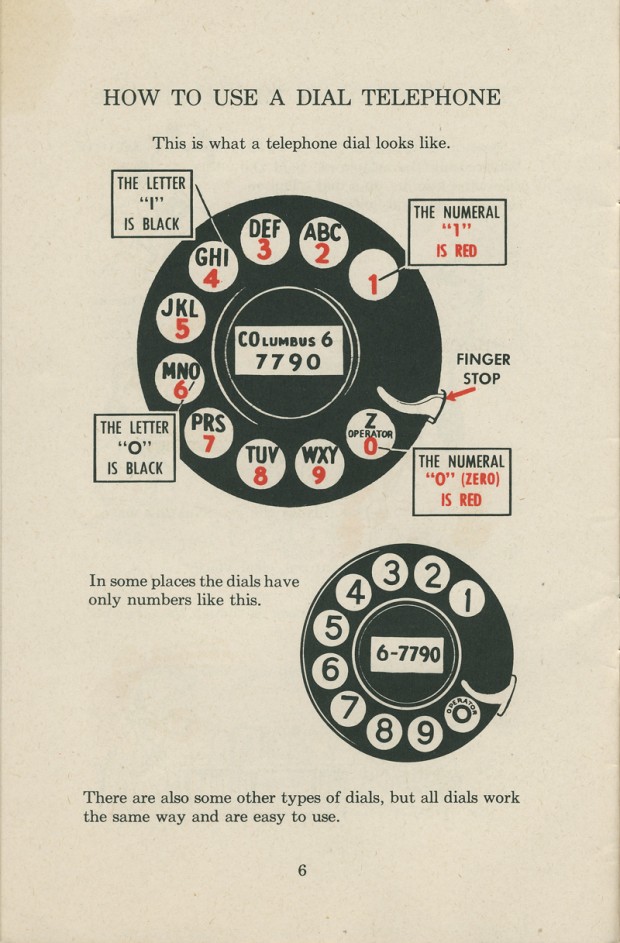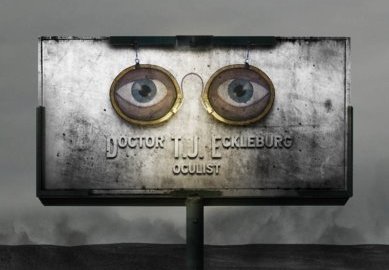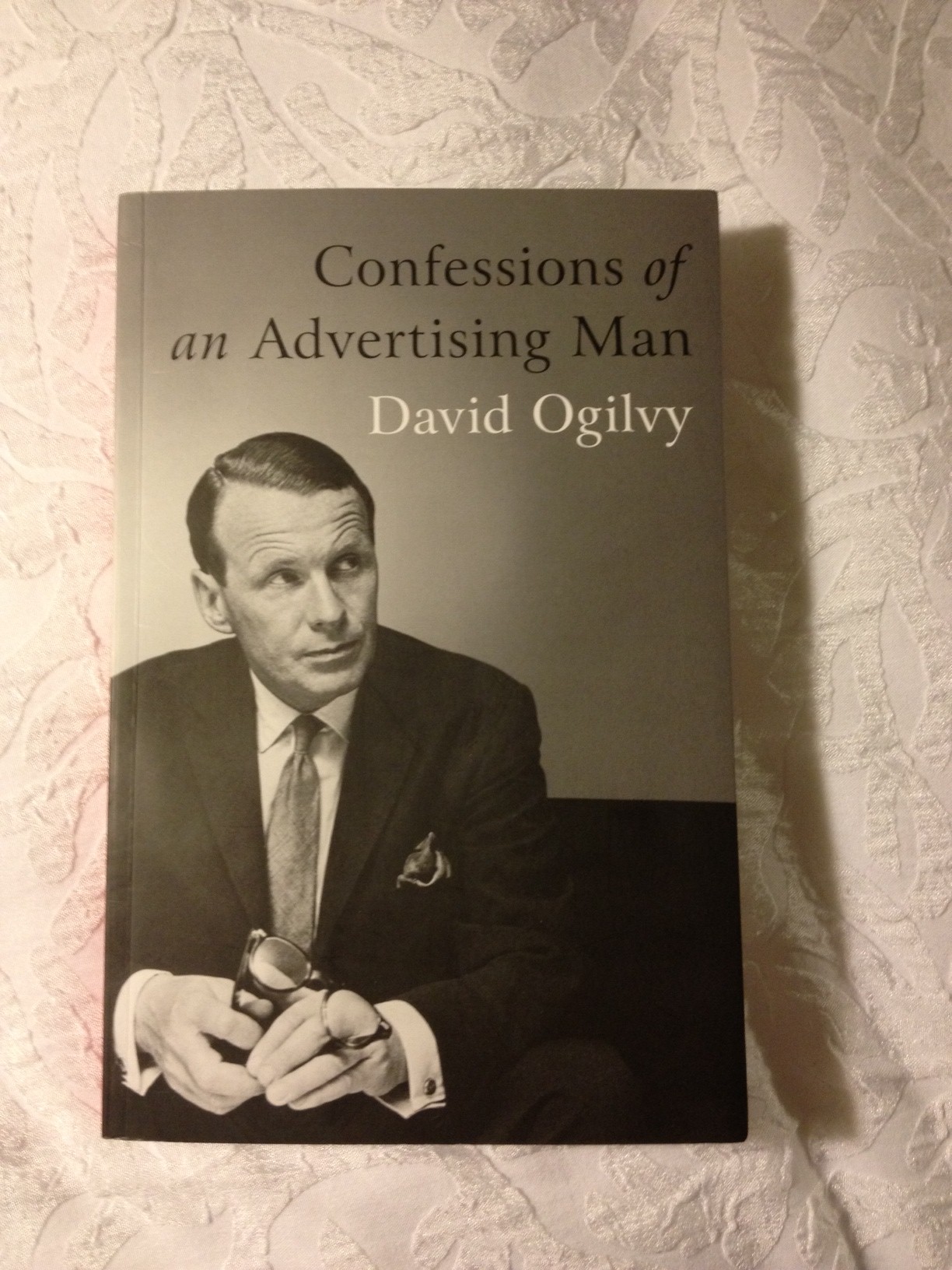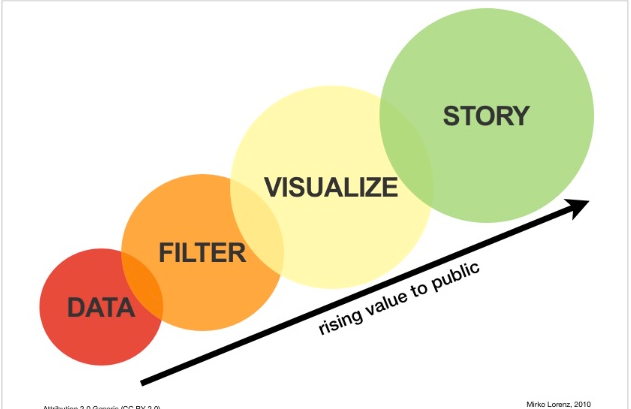On phone calls and productivity
Yesterday I took a fairly easy shot at everyone's favorite communication whipping boy, email, comparing the typical send/receive ratios of email to SMS, which continues to be the most engaging two-way communication medium. Today I want to think about another method of communication that perhaps is not examined nearly as much as the many electronic means of communication at our disposal - the old-school phone call.
Yes, the phone call, a real live one person talking to one other person conversation, that (normally) requires just about 100% attention and concentration from the two participants. The phone call - that personal connection and interaction that many of our social media and networking 'experts' exhort upon us to pursue with our online personal and professional connections - ostensibly to make the connections more 'real', (as if the millions of emails, texts, Tweets, and status updates we are sending are somehow 'unreal').
Regardless, I caught a really interesting piece recently on the Big Picture blog, where the author Bob Lefsetz calls out the phone call as a colossal waste of time for anyone whose business is information or data or even 'Big Data'. Here are the key passages from the piece I want you to think about:
Prior to the Internet era, an entertainment titan would make in excess of a hundred phone calls a day. Do you think he was making deals? No, he was learning things. Extracting information that would help him proceed.
Now most of this information is available to everyone.
Yes, I’ve established a Grand Central of information. If you say you talked to me on the phone, you’re lying. Because I almost never do. Maybe one business call every other week. Usually to an oldster who is not net-savvy. You see just like the Wall Street traders I know it’s about speed. I haven’t got the time to waste on the phone, where you take twenty minutes to talk sports, kiss my butt and then ask for the favor. Let me know in an e-mail, instantly.
'If you say you talked to me on the phone, you're lying.' That is probably my favorite line of 2013 so far.
But think about it, maybe your job or most jobs even are not completely about gathering, categorizing, analyzing and making decisions based just on data. But as the level, complexity, volume, and speed of data about business, people, markets, customers, candidates, etc. continues to accelerate it makes at least logical sense that time carved out of your schedule to talk on the phone, (or sit in a meeting) with only one other person is going to impact and possibly detract from your ability to see, gather, and understand all this data.
The person you are talking with might have something you need, or, you might have something they need, but can you afford in the words or Mr. Lefsetz the 'twenty minutes to talk sports' in order to get to those needs?
Data might kill the phone call I suppose, if more people take Lefsetz' 'I don't have time to talk to you because I might miss something' approach, but then I suppose better tools to automate and synthesize the oceans of data that are important to us today then it might actually save the phone call as well.
I'd have the time to spend with you one-on-one if after I hung up the phone and could look at a dashboard or a consolidated activity stream or a report that told me exactly what I just missed, what I need to look at, what actions I should take, and why it's important to me.
If you know of that kind of a tool and how I can get access to it, give me a call.
I promise I will pick up.

 Steve
Steve



